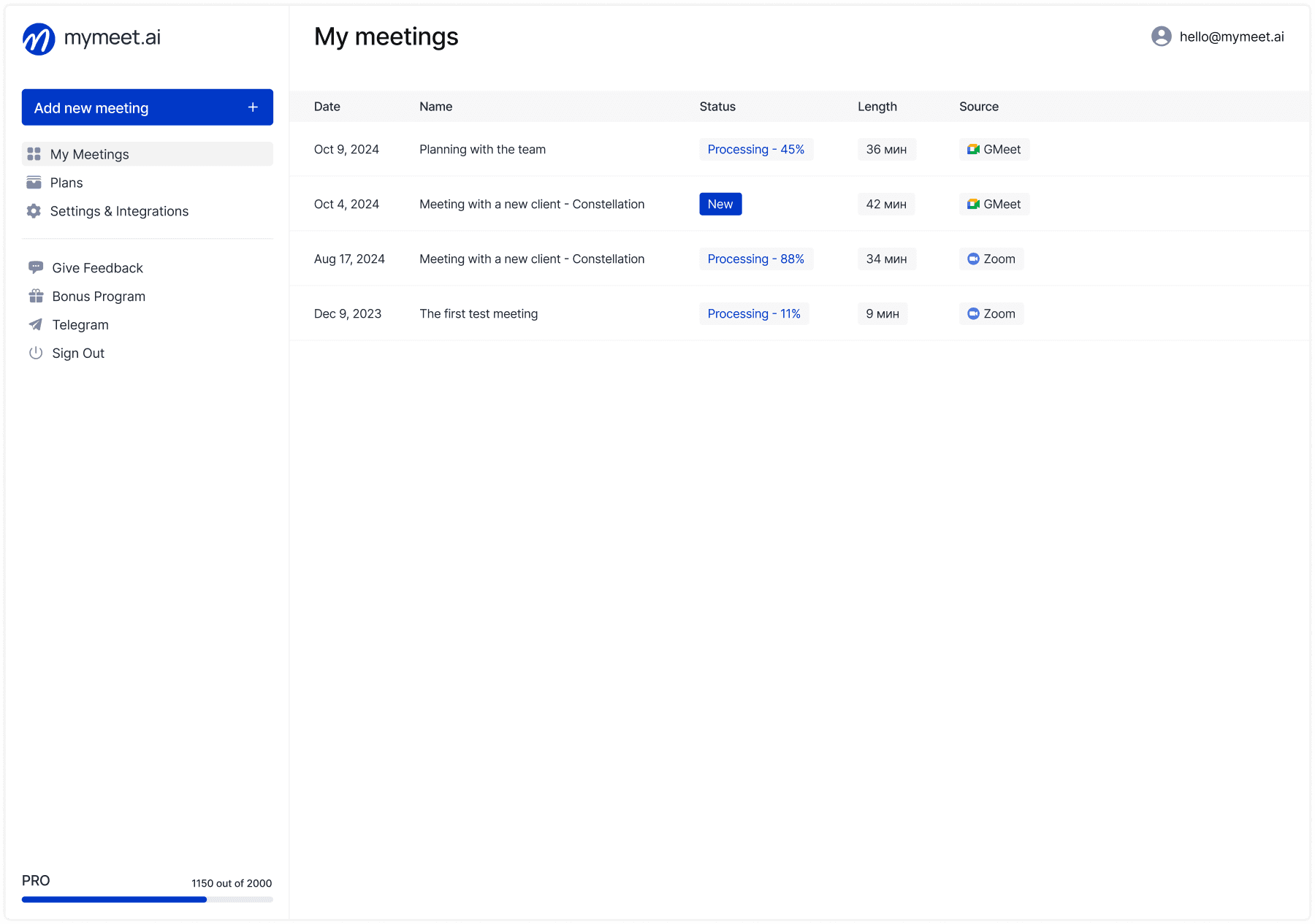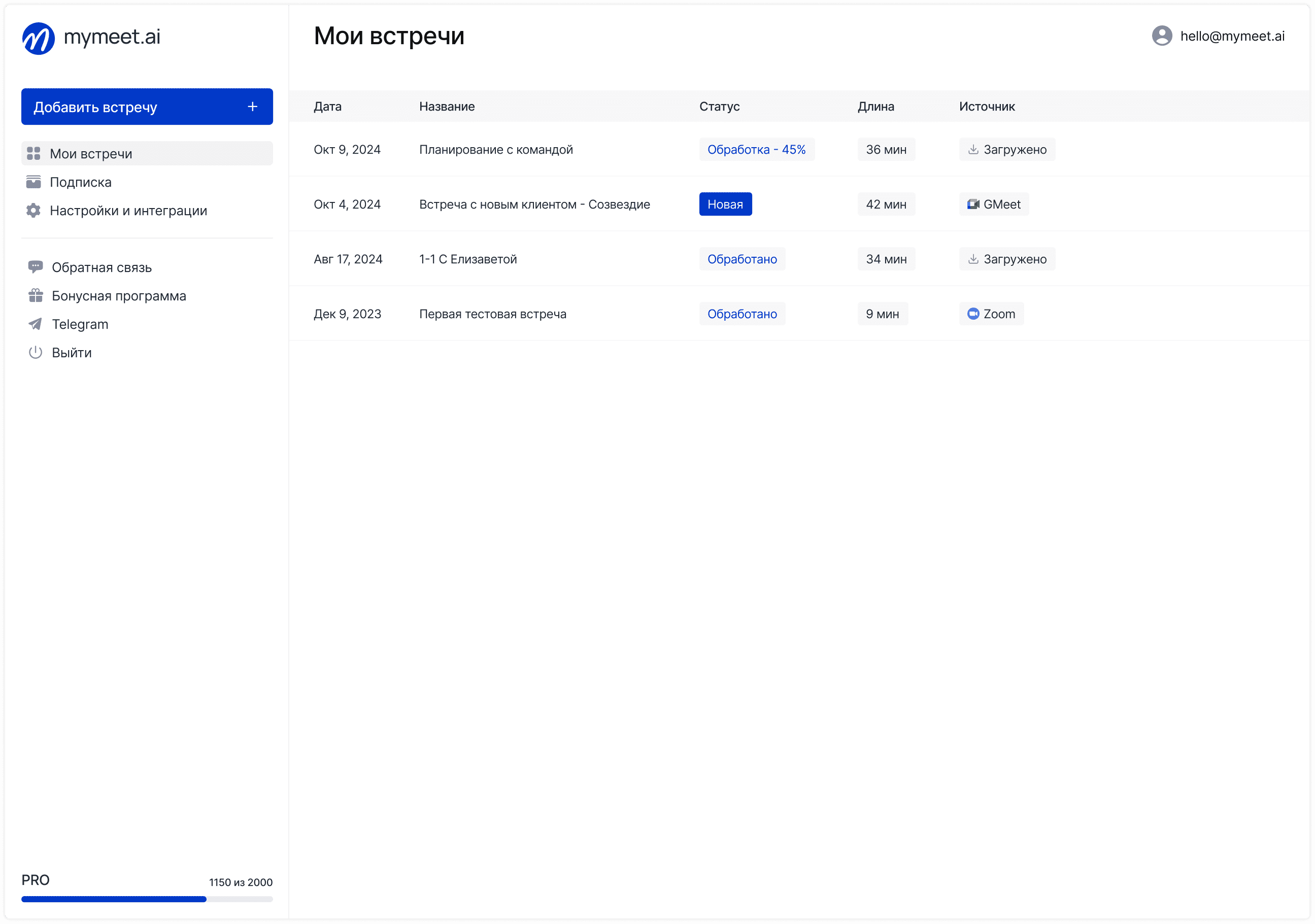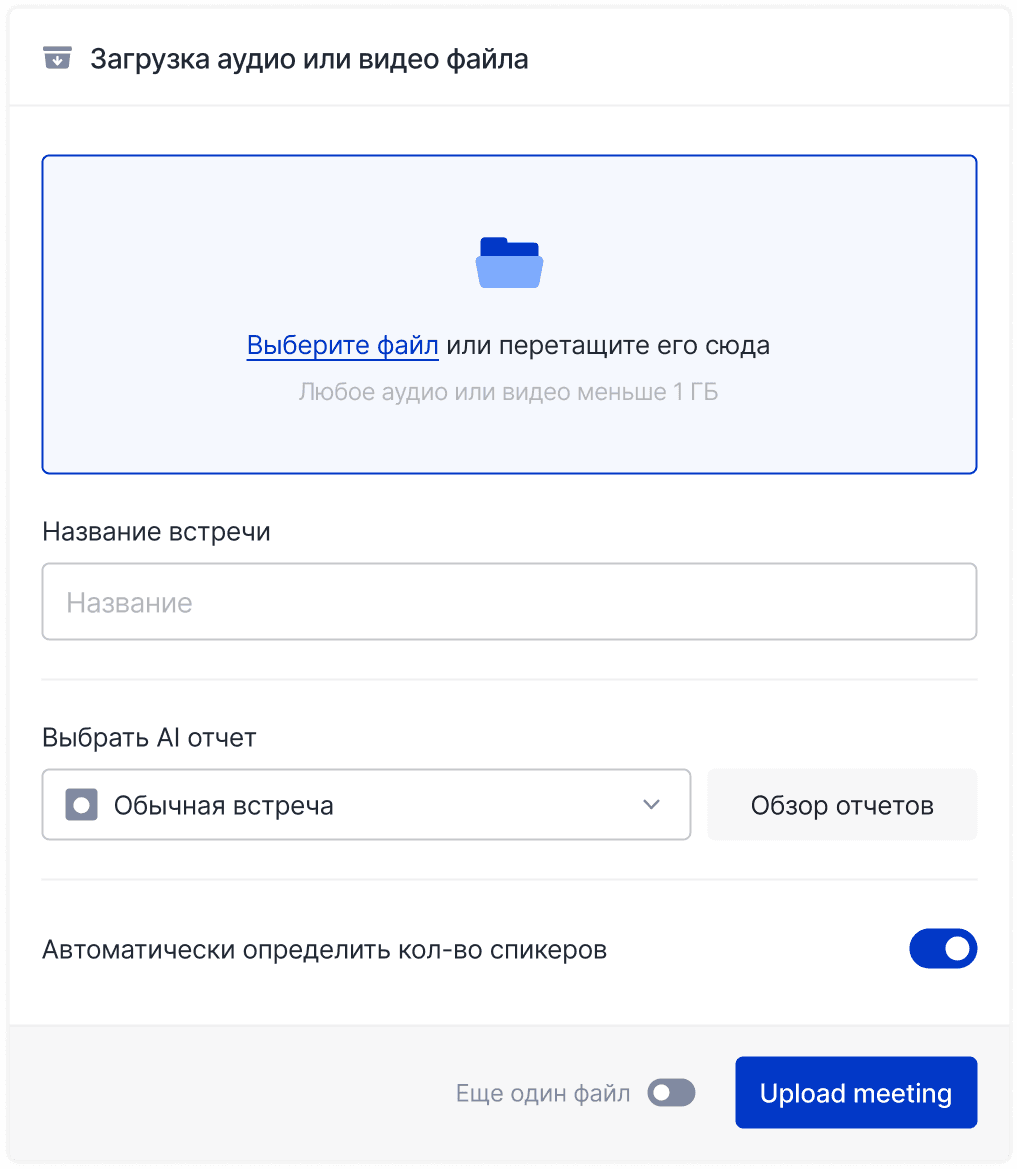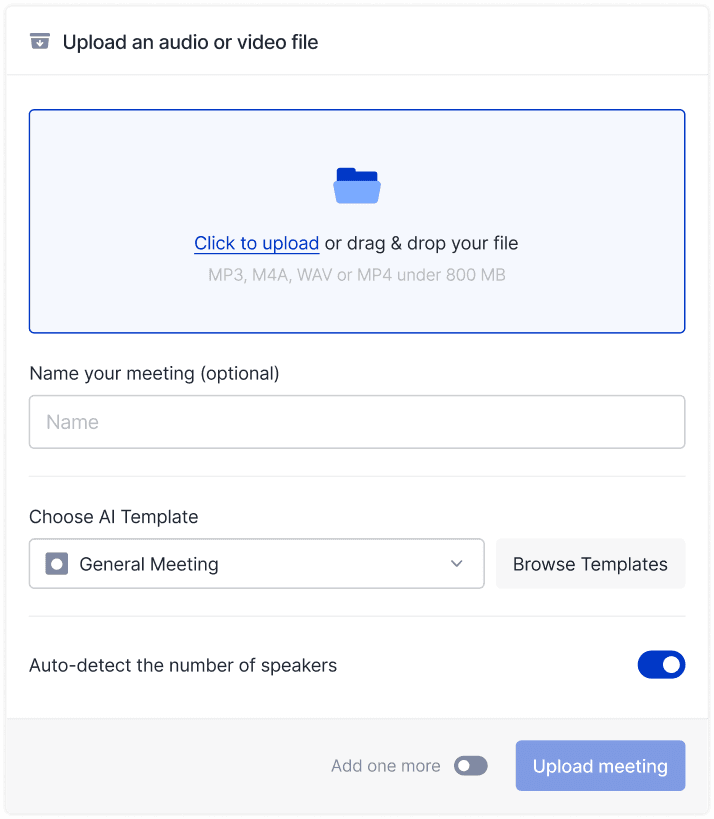Task Management

Ilya Berdysh
Mar 21, 2025
Silence after sending an email is a common scenario in business communication. According to HubSpot statistics, 80% of deals require at least five follow-up contacts, yet 44% of salespeople give up after the first attempt. A well-crafted follow-up email increases your chances of getting a response by 25%.
Many professionals fear coming across as pushy and end up losing potential clients by not sending follow-up emails. In practice, most recipients actually appreciate professional reminders—they help ensure important proposals don't get lost in the daily flood of information.
A well-crafted follow-up isn't an attempt to pressure someone—it's a demonstration of your professionalism and interest in collaboration. In this article, we'll break down specific techniques that work in practice and provide ready-to-use templates for different business situations.
When and Why to Send Follow-Up Emails
Silence from your contact rarely means outright rejection. Here are the real reasons behind unanswered emails:
Overwhelm. Your recipient has 100+ unread emails.
Distraction. They opened your email but got interrupted and forgot to respond.
Timing. Your request came at an inconvenient time.
Lack of information. They're not sure how to respond.
Technical issues. Your email may have gone to spam or gotten lost.
Decision delay. They need to align their response with colleagues.
Research shows that 57% of responses come after the second or third follow-up. This means that not sending reminders leads to losing more than half of your potential opportunities. A proper follow-up creates the impression of an organized professional and demonstrates your genuine interest in collaboration.
The optimal timing for sending follow-ups depends on the context of your interaction. Research shows that choosing the right timing significantly impacts email effectiveness. Here's a field-tested schedule for different types of business communication:
Communication Type | First Follow-up | Second Follow-up | Third Follow-up |
After a meeting | 24 hours | +3 days | +1 week |
Business proposal | 2-3 days | +4 days | +1 week |
Cold contact | 3-4 days | +5 days | +2 weeks |
After a job interview | 24-48 hours | +3 days | +1 week |
Key Principles of Effective Follow-Ups
Brevity. Nobody reads long emails. Keep it to 5-7 sentences max.
Value. Each new email should contain additional useful information.
Directness. Clearly state what action you expect.
Respect. Avoid manipulation and pressure tactics.
Persistence. Aim for 3-5 follow-up attempts.
Understanding recipient psychology is crucial. According to SalesHacker, 35% of recipients open emails based solely on the subject line. Emails with personalized subject lines get opened 29% more often. In the body text, use personal addressing and mention details from your previous contact.
Don't send identical follow-ups. Each subsequent email should add value: new information, a case study, statistics, or an additional offer. This shows you're continuing to work on the solution, not just reminding them of your existence.
5 Proven Follow-Up Email Templates for Different Situations
Depending on the nature of your previous interaction and communication goals, your follow-up strategy can vary significantly. Below are templates for the most common business situations that you can adapt to your needs.
1. After a Business Proposal (3 days later)
After sending a business proposal, it's critical to follow up with something that doesn't just remind them of your existence but adds value. The template below combines a reminder with new useful information, which increases your chances of getting a response by 40% compared to a simple "just following up on my proposal."
Subject: Additional information for [project] proposal
Hello [Name],
I sent you a proposal last week regarding optimization of [process/task].
I've also prepared a brief presentation calculating potential savings for your company—approximately [X]% of resources in the very first month.
When would be a good time to discuss the details? I suggest [specific time/date] or can adjust to your schedule.
Regards,
[Your name]
2. After a Job Interview (2 days later)
Recruiters note that candidates who send well-crafted follow-up emails after interviews are perceived as more organized and interested. According to TopResume, such candidates are 14% more likely to be invited to the next stage. It's important to show enthusiasm and provide additional information about yourself, but without excessive pressure.
Subject: Thank you for the interview + additional information
Hi [Name],
Thank you for the opportunity to discuss the [position title] role.
After our conversation, I remembered relevant experience that I forgot to mention: [brief description of experience/work example].
I remain interested in the position and am ready to answer any additional questions.
Best regards,
[Your name]
3. After a Cold Contact (4 days later)
Cold contacts require a special approach to follow-up. Your task is to turn an initial "no" or silence into a dialogue. The main rule: focus on specific value for the recipient, not on your offer. An effective tactic is to add new data or research results relevant to the addressee's business.
Subject: [Specific benefit] for [Company]
Hello [Name],
I sent you a proposal regarding [essence of proposal].
Looking at market analytics—companies with your profile increase [key indicator] by X% when implementing similar solutions.
I'm ready to tell you more about three key advantages for your business.
When would be a convenient time to talk?
Regards,
[Your name]
4. "Last Attempt" (final follow-up)
Psychologically, the "last email" often proves most effective. This is because the recipient understands they won't receive any more reminders and feels the need to respond. According to SalesFolk statistics, these emails receive responses in 76% of cases. It's important to maintain a respectful tone and make it clear that you're ready to end communication.
Subject: Closing the loop on [topic]
Hello [Name],
I've sent you several emails about [essence of proposal].
I understand that possibly:
- now isn't the best time
- you're working with another provider
- this issue is no longer relevant
Please send a quick reply so I'll know whether to revisit this discussion in the future.
Regards,
[Your name]
5. After Sending a Commercial Offer
Commercial offers have an average response rate of just 3-5% without follow-up. With a properly structured series of reminders, this figure can increase to 27%. The key moment in a follow-up after a commercial offer is adding social proof in the form of case studies and expanding the context of your offer. This reduces perceived risks for the potential client.
Subject: Clarification on commercial offer from [date]
Hello [Name],
I sent you a commercial offer regarding [project/service].
One of our clients ([company name]) asked similar questions before starting. I've prepared a brief case study with specific results from their project: [link or 2-3 sentences].
Do you have any questions about the offer? I'm ready to discuss the details.
Best regards,
[Your name]
mymeet.ai: How an AI Assistant Helps Track Client Communication

One of the main problems with follow-up emails is the lack of personalization and connection to the real context of communication. According to research, personalized follow-ups receive 47% more responses than template emails. The key to such personalization is accurate recording of all previous agreements and discussions.

Tracking agreements is critical for successful follow-up. AI meeting assistants like mymeet.ai allow you to automate this process.
Modern technologies significantly simplify the process of tracking communications. The mymeet.ai platform uses artificial intelligence to automatically analyze your business meetings and create structured reports. This solves the main follow-up problem—the need to manually record all communication details.

mymeet.ai connects to your online meetings and automatically records:
All promises and agreements
Key objections
Requested information
Tasks with deadlines

After the meeting, you receive a structured report with tasks and follow-up points, which allows you to:
Not miss a single agreement
Personalize follow-ups based on actual discussion
Reference exact wording and client promises
Integration with calendar and CRM systems completes the cycle and ensures that all follow-ups will be sent on time.
When to Stop Sending Follow-Up Emails
Don't turn professional persistence into spam. Stop trying if:
You received a direct rejection
You've sent 5+ follow-ups without response
More than 2 months have passed since initial contact
The person has stopped opening your emails (use open tracking)
The last follow-up should be polite and leave the door open for possible future collaboration.
It's important to understand the difference between persistence and pushiness. According to Woodpecker research, effectiveness drops by 80% after the sixth follow-up, while negative brand impression increases. A cycle of 3-5 follow-up emails with gradually increasing intervals between them is considered optimal.
Don't forget to vary communication channels as well. If email isn't working, try LinkedIn, messaging apps, or even a phone call. Diversifying channels can significantly increase your chances of getting a response.
Conclusion
Follow-up emails aren't an attempt to "bother" the client but a professional tool that demonstrates your seriousness and organization. The key to success is balancing persistence with respect for the other person's time.
Statistics show that companies using a systematic approach to follow-up increase sales conversion by 30-50%. On average, it takes 8 points of contact to convert a potential client into an actual one. These figures confirm the critical importance of a sound follow-up strategy for any business's success.
Use AI tools like mymeet.ai to automate the process of recording agreements, which will increase the personalization and accuracy of your follow-up emails. Start a trial period right now at mymeet.ai.
FAQ: Answers to Common Questions About Follow-Up Emails
1. How often can I send follow-up emails to one recipient?
Optimal frequency: first follow-up after 2-3 days, second after 5-7 days, third after 7-14 days. More frequent reminders may be perceived as spam.
2. Should I change the subject line in follow-up emails?
Yes, for the second and subsequent emails, it's better to use a new subject to increase the chance of opening. You can add the prefix "Re:" or "Follow-up:" to indicate the connection with the previous email.
3. How do I write a follow-up without seeming pushy?
Add new valuable information in each email. Instead of "just following up," use specific context from your previous communication and a clear call to action.
4. How can I track the effectiveness of follow-up emails?
Use email tracking tools that show opens, reading time, and link clicks. Analyze which topics and formats receive more responses.
5. Should I apologize for following up?
No, you shouldn't start with apologies—it looks uncertain. Your reminder is part of a normal business process.
6. How do I properly format a follow-up email subject line?
The subject should be specific and contain the key benefit or reason for response. For example: "3 ideas to increase conversion based on our conversation" instead of "Follow-up."
7. Can I automate sending follow-up emails?
Yes, there are special tools for automation, but it's important to maintain personalization. Use services like mymeet.ai to record details of previous communications.
8. Should I call if there's no response to follow-up emails?
After 2-3 written follow-ups without response, a phone call may be appropriate, especially if there was previous phone contact.
9. What mistakes are most commonly made in follow-up emails?
The most common mistakes: too frequent sending, lack of new information, vague wording, aggressive tone, overly long texts.
10. How do I properly end a follow-up cycle if there's no response?
The last email should contain a clear proposal to close communication, for example: "If this topic isn't relevant, please let me know, and I won't bother you anymore. I'll stay in touch for possible collaboration in the future."
Ilya Berdysh
Mar 21, 2025








